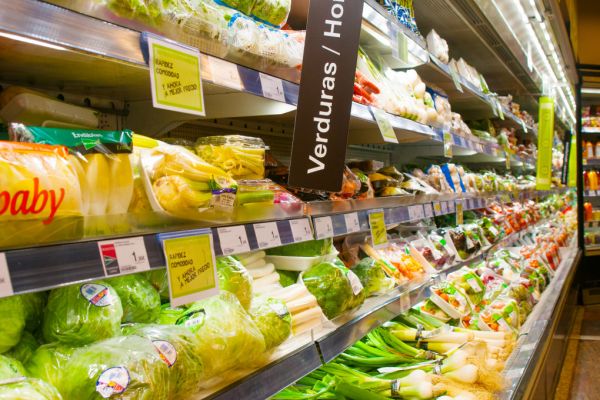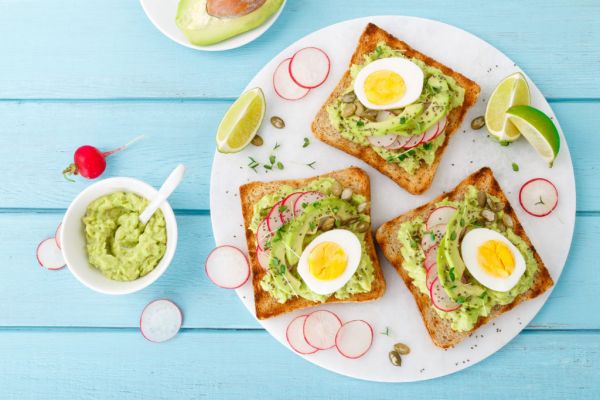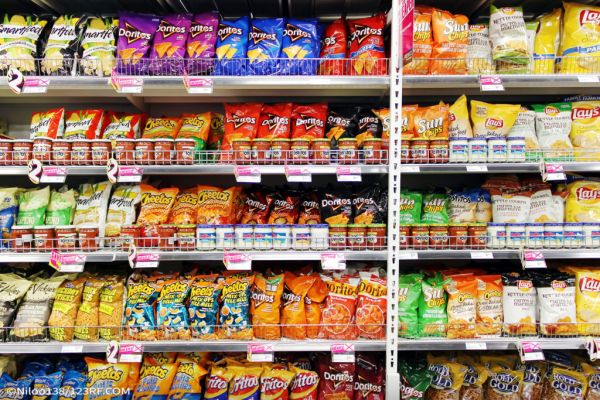New research from Mintel highlights the rising popularity of 'super foods' over the past five years.
Mintel's Global New Products Database reveals that between 2011 and 2015 there was a phenomenal 202 per cent increase globally in the number of new food and drink products launched containing the terms 'superfood', 'superfruit' or 'supergrain'.
And it seems there is no end to the popularity of these so called wonder foods, as in 2015 alone there was a 36 per cent rise in the number of food and drink products launched globally featuring the above terms.
In 2015, the US played host to the most super food and drink launches at 30 per cent, followed by Australia at 10 per cent, Germany (7 per cent) and the UK and Canada (6 per cent).
The surge in launches comes as a result of strong consumer demand for highly nutritious products. Today, over seven in 10 consumers in France, Germany, Italy and Spain agree that health-promoting benefits of natural foods, for instance fruit and vegetables, are preferable to the added benefits of functional foods.
The research reveals that the superfood sensation has spread beyond food and drink. While 43 per cent of products launched with the three words - 'superfood', 'superfruit' or 'supergrain' in the product description were in the food category between 2011 and 2015 and 11 per cent fell under the drink category, as many as three in 10 were found in beauty and personal care, while 12 per cent were in the health and hygiene category and 4 per cent were in the pet category.
Speaking on the news, Stephanie Mattucci, Global Food Science Analyst at Mintel, said: “The popularity of 'super' products is clear as food and drink manufacturers globally are tapping into a demand for these nutritionally dense ingredients. But superfoods are not only limited to food and drink, they are regularly springing up in the beauty, health and hygiene and pet food aisles as a result of today's consumers becoming much more aware of what they are putting into and onto their bodies.”
In particular, the trend towards a wheat-free diet has resulted in a growing number of products containing the 'supergrains' ancient grains. And whilst quinoa and buckwheat have all become household names in recent years, it's chia which has seen the biggest rise in usage. Between 2014 and 2015, there was a 70 per cent increase in the percentage of food and drink products launched containing chia, whilst the percentage of food and drink products containing teff rose by 31 per cent. Meanwhile, the percentage of food and drink products containing quinoa rose by 27 per cent.
“Desire for healthier, less refined alternatives to wheat has fueled the rediscovery of ancient grains. Flavorful and nutrient-dense ancient grains have begun to change the negative perception of some carbohydrates by leveraging their nutritional profile and rich heritage. Ancient grains offer an alternative to wheat but also come bundled with functional and nutritional components, and provide new flavours and textures.” she said.
While ancient grains have been in the spotlight over the past year, with the UN announcing 2016 the year of the pulse, pulses too have been receiving added attention. Over the past two years, the percentage of food and drink products launched with green split pea has grown by 126 per cent, whilst the percentage of food and drink products containing coral lentils has grown by 62 per cent and the percentage of food and drink products containing yellow split peas has increased by 21 per cent.
“Pulses can be used to add a range of natural health benefits to food and drink products. Additionally, healthy pulses are staples in many ethnic cuisines, offering manufacturers a pathway for product innovation for convenience-seeking ethnic food explorers,” she continued.
Mintel research reveals that super seeds have also seen an uptick in usage. Over the past two years, the percentage of food and drink products containing chia seeds has risen by 70 per cent, whilst the percentage containing pumpkin seeds has grown by 27 per cent and the percentage of food and drink products containing sunflower seeds has grown by 22 per cent.
“Some seeds, including chia and pumpkin seeds, offer complete protein, with all nine essential amino acids in the correct ratios. However, a lot of protein from seeds is incomplete. Blending seeds can help improve the quality of protein,” Mattucci concluded.
© 2016 European Supermarket Magazine – your source for the latest retail news. To subscribe to ESM: The European Supermarket Magazine, click here.














